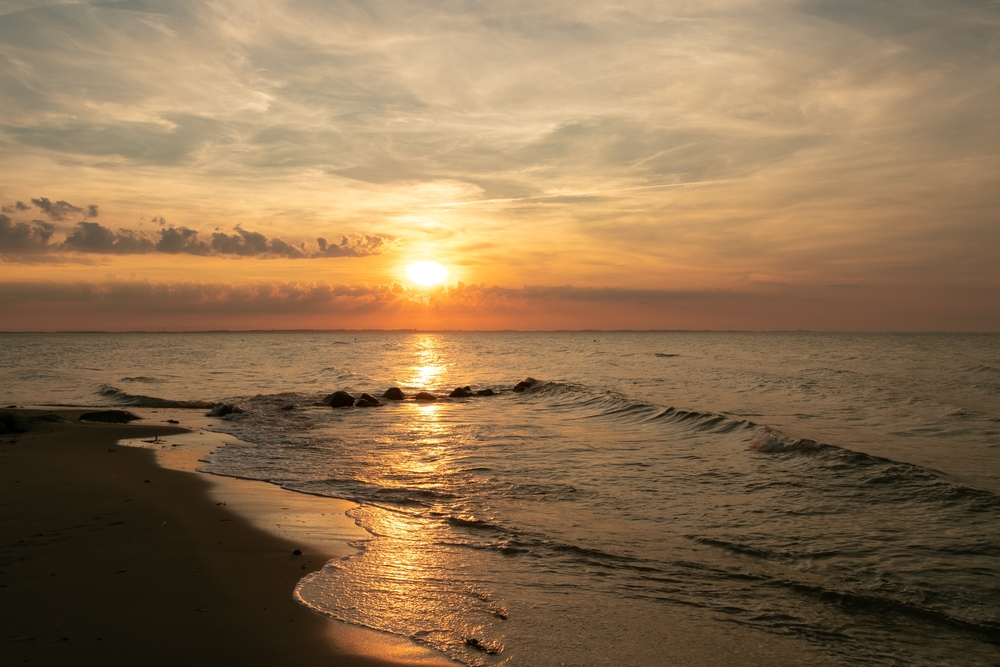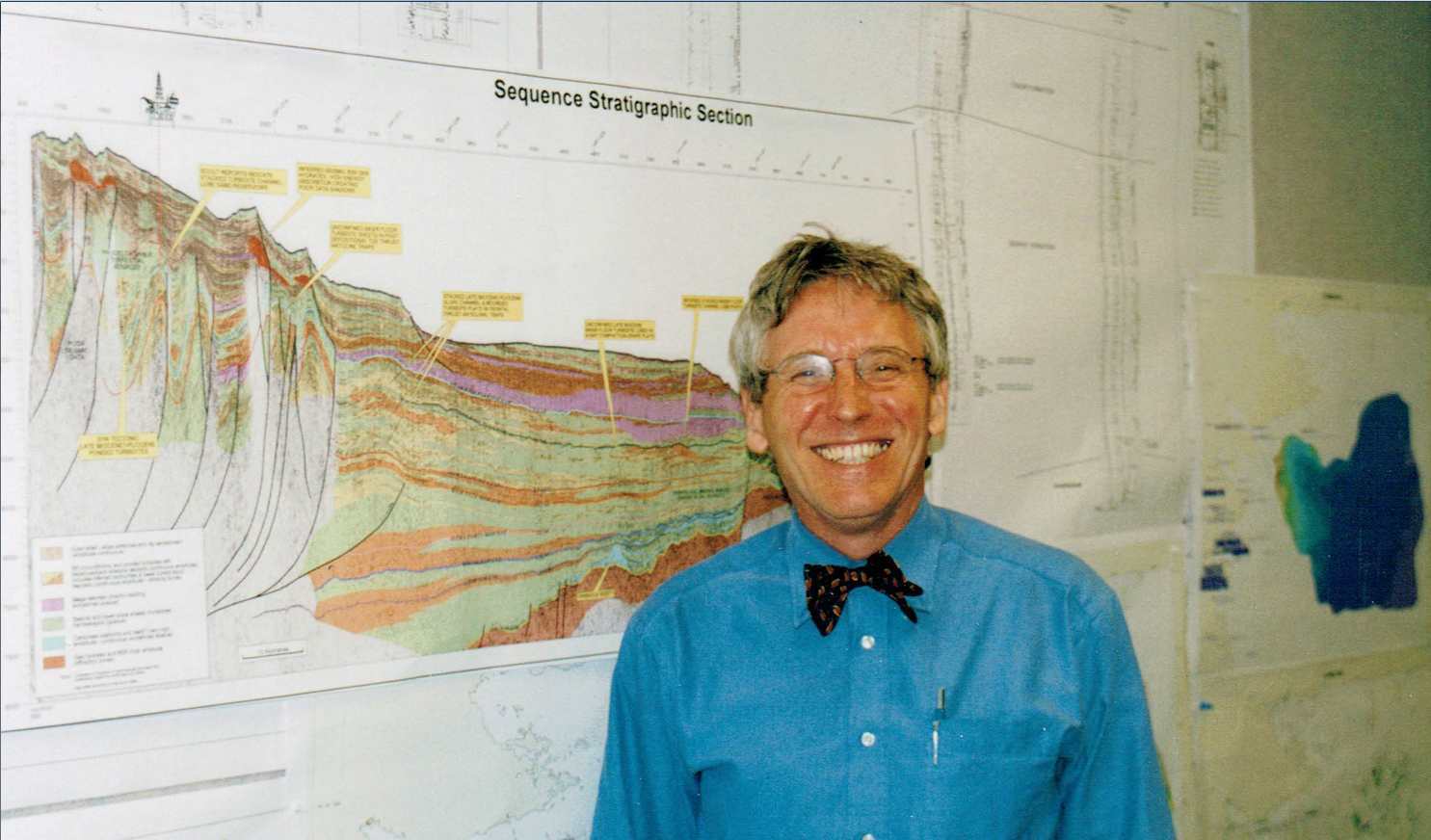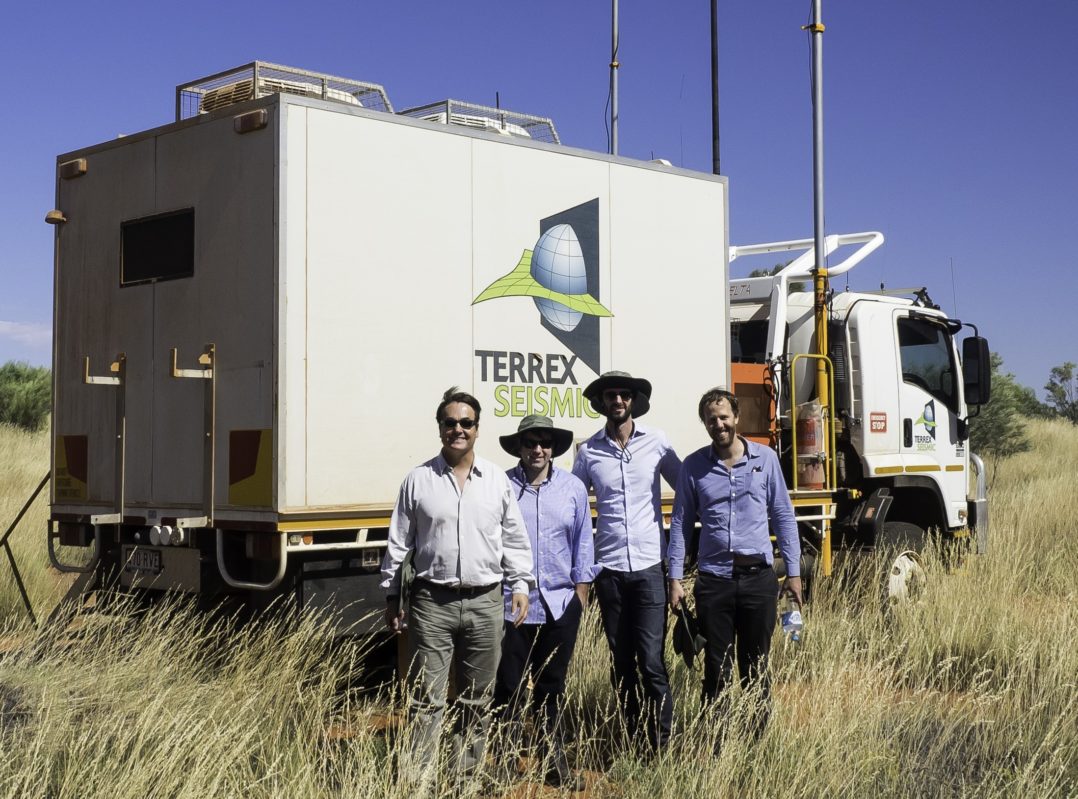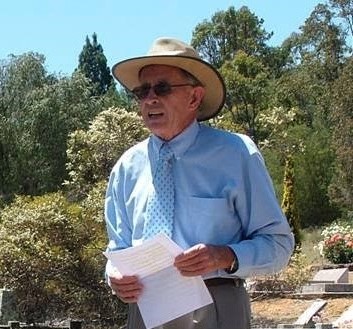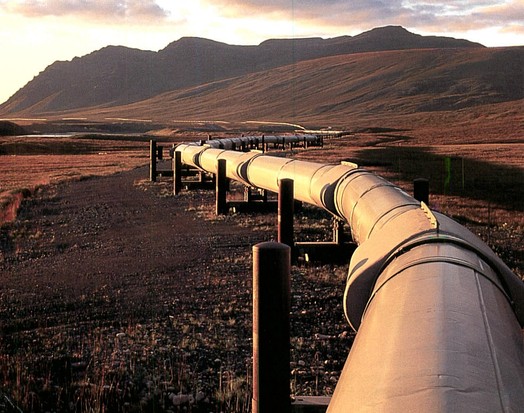John Gorter, one of Perth and PESA’s most loved members, passed away on May 18 in Madagascar. Tributes to John’s life and legacy flowed instantaneously for a husband, father, geologist and friend who will be sorely missed and fondly remembered in the minds of all who knew him.
John was born in Canberra, the eldest of four children. He attended Turner Primary School and Lyneham High School. He spent three years high schools in Belgium and England, which gave him an appetite for the global village.

John graduated with Honours in Science, majoring in geology. Geological exploration became John’s passion, reflecting a focus on research combined with a creative mind.
John obtained a Doctorate in Geology, while employed full time and having three babies. Started pro geo carer at the bureau of mineral resources in Canberra and then move to Esso Ltd in Sydney
John was promoted in his thirties to Chief Geologist and Exploration Manager and held those positions over the following two decades for a number of Australian and international companies. John won the Best Paper Award at the 1984 Australian APEA Conference, an accolade which he greatly treasured.
John deeply valued fine scholarship and to this end was a prolific scientific author. He authored mostly with collaborators, numerous internal reports and papers as well as 92-peer reviewed, externally published scientific papers. John’s 93rd paper was published two weeks after he passed away.
John lived in Canada, Italy and Vietnam pursuing his career. He was appointed international team leader of non-conventional exploration for ENI, an endeavour where he could combine discipline and imagination.
John was married to Eva for more than 46 years. They had three children, Raine, Josie and Andrew, and now two grandchildren, Caetano and Tallis.
John’s wife Eva Skira said of his final fieldtrip to Madagascar in May.
John passed away unexpectedly in Madagascar while on holiday exploring the natural environment, including the rocks.
John’s interests evolved over the years and included fishing, playing mandolin guitar, reciting bush poetry, music, hard science fiction, cryptic crosswords, solitaire, cider, red wine, fossils, archaeology, photography and cursing computers on the internet.
John lived his life to the sound of his own drum.
John had been drawn to Madagascar for a number of years, as it has a rich geological history, wonderful mountainous scenery and exotic animals, including lemurs, not found elsewhere in the world.
Early in the tour, John had a slight fall, hurting his elbow and knee, but stayed with the group continuing the tour. Over the following days, he became unwell, and visited a local hospital, before the decision was made to send him by ambulance to the capital Antananarivo, 160kms away. This was Tuesday 14th May.
The family decided that John’s son Andrew should fly from London to Madagascar to assist John and be the family’s eyes on the ground. Andrew arrived on Thursday and by then John was very unwell and initially non responsive. He improved and that evening John ate a good meal. The next day, Friday, John’s condition deteriorated. A medical evacuation was desperately organised and at midnight it seemed very close. However, John’s organs had started to shut down and he passed away in the early hours of Saturday 18 May. Officially the cause of John’s passing was sepsis.
After the awful events on Saturday, it was not yet over, as the family began the task of trying to repatriate John. Due to cultural differences, the location of John’s passing, Australia’s strict biosecurity, and the last repatriation from Madagascar to Australia having been over 10 years ago, it was logistically challenging.
With the family being hands on during the process, and some higher ups issuing some approvals, John arrived back in Australia on the 2nd of June, two weeks after he passed.
Bevan Warris paid tribute to his friend, colleague and drinking buddy.
I met John in 1980 when he joined Pancontinental Petroleum as a senior geologist. I had just been appointed Chief Executive Officer and was putting together a technical team.
Back then John was a solid bloke with a large bushy beard and was affectionately called “The Bear” around the office.
In 1981 Pancon was drilling a prospect called Dingo in the Amadeus Basin – it was a large seismically defined anticline where the Arumbera sandstone was predicted to be sealed by a large salt layer, so we all had high hopes.
However, after penetrating the sands below the salt, there were no shows or HC. I was about to order the well to be plugged and abandoned when Johnn convinced me to keep drilling down to the shales beneath to evaluate their source potent. The well drilled deeper, went through, went through an intra-formational seal and encountered gas in the Lower Arumbera sands. The well tested gas at 5 MMCFG/D and we were all very excited. I realised that I had hired a very good geologist.
But the story didn’t end there. The well was drilled at the time of the Lindy Chamberlain case where she claimed that her baby had been taken by a dingo on a camping trip. Nobody believed such an outrageous story and she was convicted of murder. This caused a media frenzy and Pancon was awarded the bad taste award by a local newspaper for naming the well Dingo.
I was very angry at this as the prospect had been named by the previous operator years ago. But John came to the rescue and said, “don’t they know that Dingo stands for Deep Investigation for Natural Gas and Oil?
Well that just made my day. Now I had not just a good geologist but one with a great sense of humour.
Ernie Delfos also has a treasure trove of cherished memories of his beloved mate.
After Pan Continental John consulted to numerous oil companies including AGIP, and was never out of work during various industry downturns. John started at Hardy Petroleum in 1993 and compiled a formidable geoscience team with David Hearty, Grant Ellis and Stewart Bayford, participating in many North West Shelf discoveries. In 1999 British Borneo acquired Hardy Petroleum
John and I started our working relationship just as British Borneo was taken over by the Italian IOC, Eni, in 2000. Over the following 16 years at Eni, we shared many successes and in that time, there were many stories, whether it be on field trips, business trips or pub talk;
John led the local geoscience team to acquire new opportunities for Eni in Australia and Timor Leste thru bid rounds and acquisitions that led to numerous discoveries and associated developments. After almost 10 years, John then had the opportunity to apply his vast subsurface knowledge to other countries in Eni’s portfolio when he lived in Vietnam and Italy.
John’s love for pure science and the quest to resolve the unknowns of the subsurface led him to publish 93 papers, including one recently published after his passing, over a period of more than 50 years, working for at least 11companies (Eni twice). John’s belief that the answers required multidiscipline collaboration is evidenced by over 75% of his publications being coauthored.
As we know there is a more to John’s life than just his geoscience knowledge. A great example is how John took to living in downtown Milan next to the Duomo. He made new friends including Bruno who owned the local bar – John remarked that he likely put Bruno’s children through private school based on the amount of red wine he consumed there with another local, Carlos. John thought that was a fair return for the impromptu Italian lessons he received.
On the first of May, John began what was to be his last adventure, with a two weeks group tour in Madagascar, before he intended travelling to Mozambique to spend two weeks with his son Andrew, partner Mafalda and grandson Caetano.

